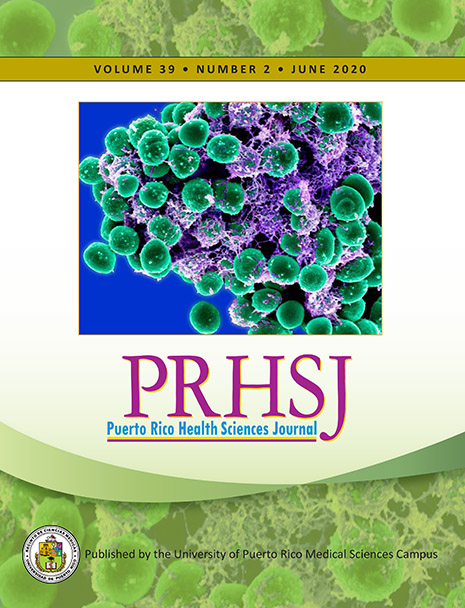Resumen
Objective: Both periodontal disease and peripheral neuropathy are complications associated with poorly controlled diabetes. This study aimed to determine whether periodontal disease was more prevalent and more severe among patients with severe diabetic peripheral neuropathy. Methods: A case-control study was performed; 46 patients with and 48 without the slipping slipper sign (SSS)—a surrogate clinical marker for severe peripheral neuropathy—were recruited from a diabetic outpatient clinic. Demography and data from the Basic Periodontal Examination (BPE) were assessed, in addition to the patients’ periodontal health by 2 examiners blinded to patients’ SSS status. Multivariate logistic regression was used to evaluate the associations between the risk factors for and the presence of the SSS, adjusting for age, gender, and ethnicity. Results: The mean age of the sample was 55.8 years (±10.69 years). Most of the participants (77.7%) had either never been to a dentist or had last attended a dental clinic more than a year before this examination, and 83% did not have a dentist. Periodontal disease was advanced in 61.7%, and there was no association between the SSS and periodontal disease. Dental-service utilization variables were significantly associated with the SSS. Patients who did not have a regular dentist were more than 7 times more likely to have the SSS than were those who did (OR = 7.70; 95% CI: 1.12 53.21). Conclusion: In diabetic patients, oral health–related risk factors, such as not having a dentist, wearing a denture or dentures, and visiting a dentist once a year or more, may be associated with systemic complications, including peripheral neuropathy. Early collaboration between dentists and doctors on the care of patients with diabetes is recommended.
Authors who publish with this journal agree to the following terms:
a. Authors retain copyright and grant the journal right of first publication with the work simultaneously licensed under a Creative Commons Attribution License that allows others to share the work with an acknowledgement of the work's authorship and initial publication in this journal.
b. Authors are able to enter into separate, additional contractual arrangements for the non-exclusive distribution of the journal's published version of the work (e.g., post it to an institutional repository or publish it in a book), with an acknowledgement of its initial publication in this journal.
c. Authors are permitted and encouraged to post their work online (e.g., in institutional repositories or on their website) prior to and during the submission process, as it can lead to productive exchanges, as well as earlier and greater citation of published work (See The Effect of Open Access).
